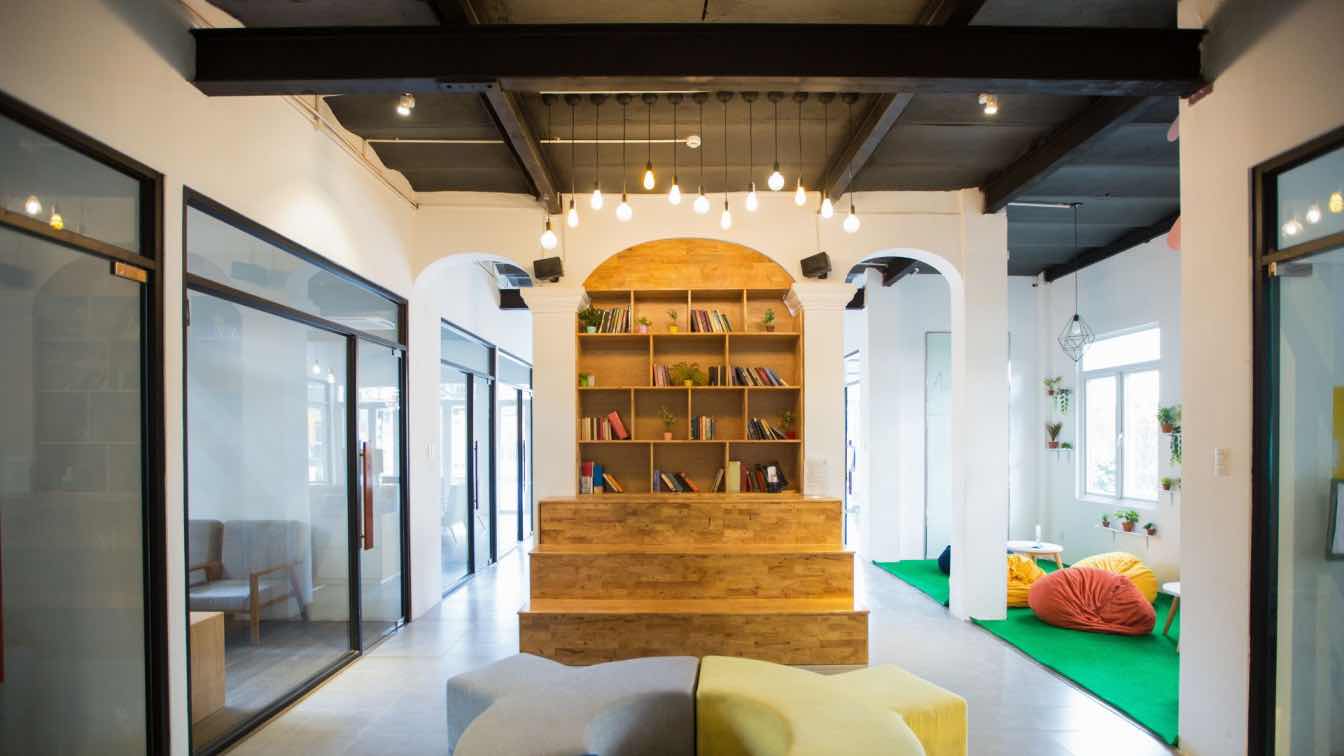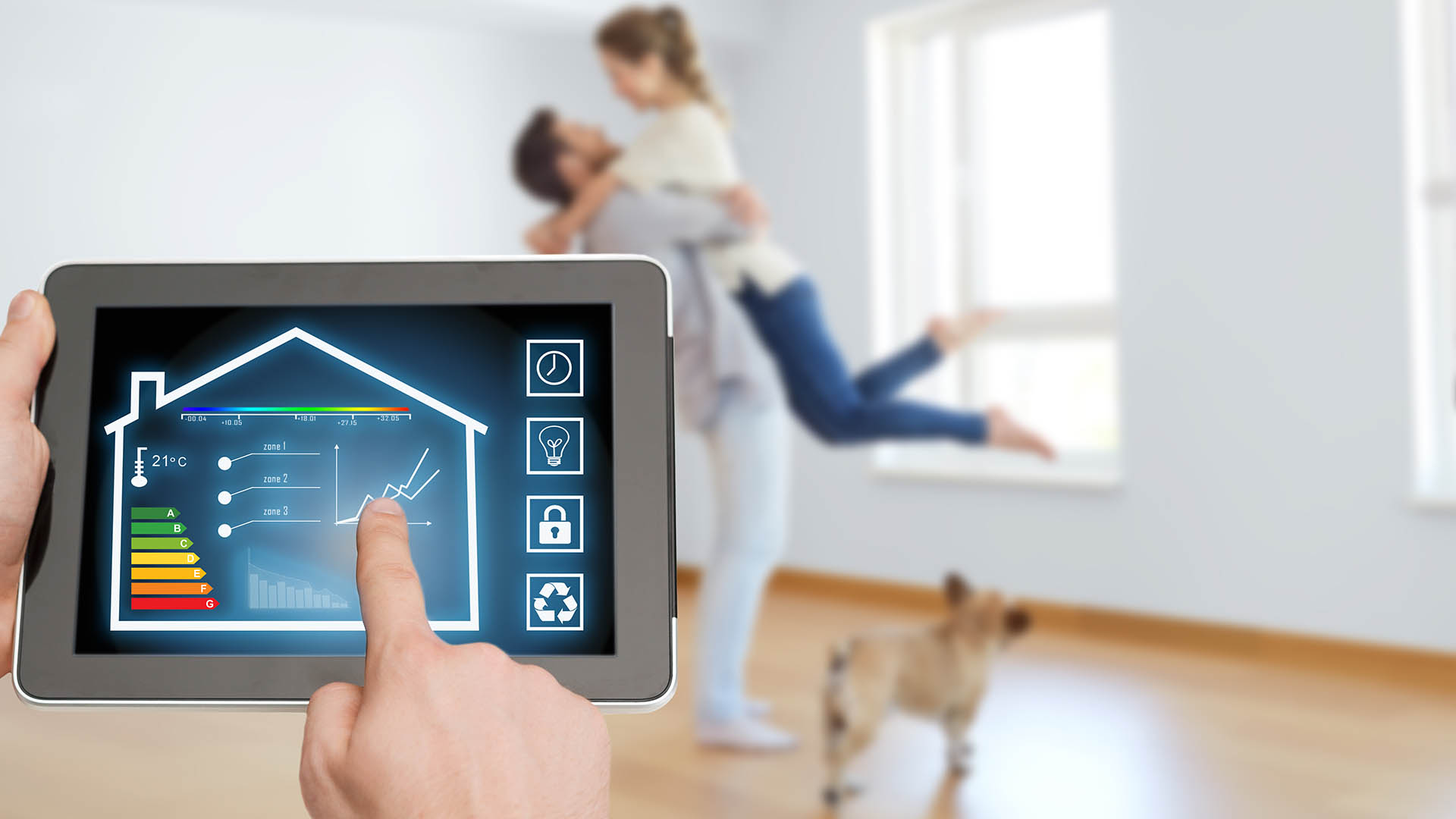Did you know that 95% of employees think that a well-designed office makes them more productive?
A well-designed office space can improve employee satisfaction and well-being. It can also boost creativity, collaboration, and company culture.
With the changing workforce, office fitouts now go beyond moving desks and chairs. Companies are now designing functional and appealing workspaces that meet employee needs.
In this article, we will discuss the latest trends in modern office fitouts. We will also look at how they can help companies stay ahead of the curve. Read on to find out more!
Agile Workspaces
One of the biggest trends is creating agile workspaces. This means designing a space that can adapt to different tasks and needs. Companies need to create spaces that allow for flexibility and collaboration.
Agile workspaces often include multipurpose areas. This can include:
- Hot-desking zones
- Quiet zones for focused work
- Collaborative spaces for team meetings
These areas are designed to cater to various working styles and tasks. This promotes productivity and improves employee well-being.
Biophilic Design
Biophilic design is another trend that has gained popularity in recent years. It involves incorporating natural elements into the office space. This includes plants, natural light, and organic materials.
Studies have shown that biophilic design can reduce stress. It can also improve cognitive function and boost creativity. This can lead to happier and healthier employees.
Companies can incorporate biophilic design by adding plants throughout the office. They can create a green wall, or use natural materials in furniture and decor.
Wellness-Focused Spaces
Employee wellness is a top priority for many companies. As a result, offices are now incorporating spaces dedicated to employee well-being. This can include meditation rooms, fitness areas, and relaxation zones.
These spaces promote a healthy lifestyle. It encourages employees to take breaks from work. This can improve productivity, reduce stress, and boost overall well-being.
Employee-Centric Design
Gone are the days of cookie-cutter office designs. Companies are now focusing on creating employee-centric spaces. This includes:
- Providing different types of workstations
- Comfortable ergonomic furniture
- Personalized design elements
- Inclusive and accessible spaces
Employee-centric design promotes employee satisfaction, engagement, and retention. It also shows that companies value their employees' well-being and needs.
Sustainable Design
Sustainability has become a top priority for many companies. This includes incorporating sustainable design elements in their office. This can include:
- Using environmentally friendly materials
- Energy-efficient lighting and appliances
- Incorporating sustainable practices
- Promoting recycling and waste reduction
Creating a sustainable office benefits the environment. It also promotes a positive company image. It can also lead to cost savings in the long run.
Adaptive Lighting Systems
Lighting plays a crucial role in office design. It can affect employee productivity, mood, and well-being. As a result, many companies are now investing in adaptive lighting systems.
These systems adjust light levels based on natural light and occupancy. This can help reduce eye strain. It can also improve sleep patterns and boost energy levels for employees.
Collaborative Technology Platforms
In today's digital age, technology is vital for business success. Companies are now incorporating collaborative technology platforms into their office design. This includes:
- Digital whiteboards and screens
- Video conferencing capabilities
- Virtual collaboration tools
These technologies promote collaboration and communication among employees. It also allows for seamless remote work and improves productivity.
Inclusive Design
Inclusive design ensures that all individuals can access and use office spaces comfortably. This includes employees with disabilities, injuries, or special needs.
Inclusive design can include:
- Wheelchair accessibility
- Adjustable desks and chairs
- Visual and auditory aids
By incorporating inclusive design, companies promote diversity and inclusion in the workplace. It also shows that they value all employees' well-being and comfort.
Acoustic Design
Noise pollution can be a significant distraction in the workplace. To combat this, many offices are now incorporating acoustic design elements.
This includes sound-absorbing materials, private phone booths, and quiet zones. These design elements help reduce noise levels and improve employee focus and productivity.
Smart Building Technology
Smart building technology is another trend that has gained popularity in recent years. This involves using sensors and controlling various aspects of the office space.
These can include:
- Temperature control
- Security systems
- Occupancy sensors
- Energy management
Smart building technology can improve energy efficiency. It can also reduce costs and enhance employee comfort.
Multi-Functional Furniture
As office spaces become more flexible, multi-functional furniture has become a popular trend. This includes desks that can be converted into standing workstations. This can also include storage units that double as seating and modular furniture.
Multi-functional furniture maximizes space and promotes flexibility in the workspace. It also adds an element of creativity to the commercial interior design.
Integration of Art and Culture
Many companies are now incorporating art and culture into their office design. This can include commissioned artwork, murals, and sculptures.
Art in the workplace can boost creativity and inspire employees. It can also add a unique touch to the office space. It also promotes a sense of culture within the company.
Outdoor Workspaces
Outdoor workspaces have become a trend in modern office fitouts. This includes rooftop terraces, patios, and gardens that can be used as work areas.
Outdoor workspaces promote a connection to nature. It provides employees with a change of scenery. It can also be beneficial for mental health and well-being.
Smart Access Control
Smart access control involves using technology to manage entry into the office. This can include keyless entry systems, facial recognition, and fingerprint scanners.
This not only improves security but also promotes convenience for employees. It eliminates the need for traditional keys or access cards.
Ergonomic Workspaces
Ergonomic workspaces are becoming a standard in modern office design. This trend gives employees furniture that supports natural posture and reduces strain. This can include:
- Adjustable chairs and desks
- Monitor stands
- Ergonomic keyboards and mice
- Footrests
- Standing desks
Ergonomic workspaces promote employee health and comfort. It can also help reduce the risk of injuries. This can include back pain and carpal tunnel syndrome.
Modern Office Fitouts: Optimizing Your Workspace
Modern office fitouts are evolving to meet the changing needs of employees. Companies that incorporate these latest trends in their design can reap numerous benefits. This includes improved employee satisfaction, productivity, and well-being.
It also promotes a positive company image and sets a strong foundation for success. Use these trends in your office design to create a thriving workplace for your employees.
If you found this article useful, take a look at some of our other articles!





